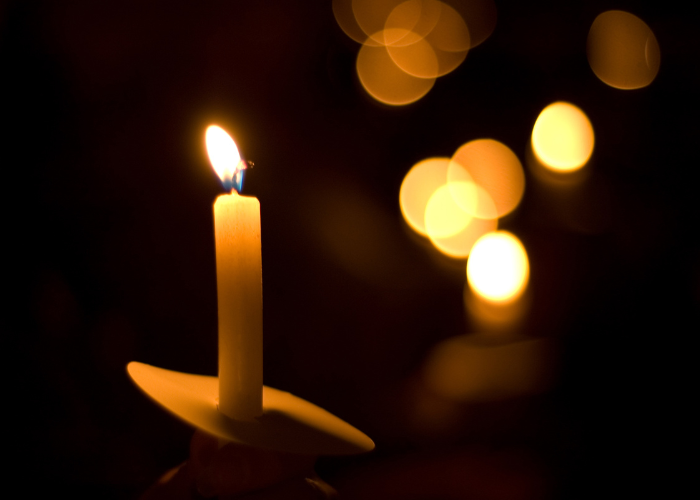Following the loss of a loved one, navigating the emotional landscape of grief can be overwhelming. However, end-of-life ceremonies play a crucial role in the grieving process, offering opportunities to honor the deceased, gather with loved ones for support, and begin the path to healing. This guide explores various ceremony options, allowing you to make informed decisions that best suit your needs and wishes of the departed.
Formal Traditions: Funerals and Graveside Services
- Funerals: A cornerstone of many cultures, funerals traditionally involve a viewing or visitation, where guests pay their respects to the deceased. An open casket allows for a final goodbye, while closed caskets offer a more private option. Following the viewing, a formal service is held, often led by a religious figure or celebrant, and may include eulogies, readings, and music chosen to reflect the deceased’s life. The ceremony concludes with a burial at a cemetery or cremation, with cremated remains interred in a designated location.
- Graveside Services: Shorter and more intimate than funerals, graveside services are held at the burial site itself. Family and friends gather to offer final words and witness the casket being lowered into the ground. This service can stand alone or follow a larger funeral or memorial service.
Flexible Farewells: Memorial Services and Home Vigils
- Memorial Services: Offering greater flexibility in scheduling, memorial services can be held shortly after death or even months later, allowing time for families to grieve and plan a meaningful ceremony. Unlike funerals, the deceased’s body is not present. Memorial services focus on celebrating the individual’s life through stories, tributes, and reflections, often incorporating elements tailored to their personality and interests. Music, readings, and video presentations can personalize the atmosphere.
- Home Vigils: A more intimate alternative, home vigils provide a comfortable space for close family and friends to gather in the deceased’s residence. Sharing memories and stories in a familiar setting fosters a sense of community and support during a difficult time.
Cultural Considerations: Honoring Traditions
Many cultures and religions have specific rituals associated with death. These practices offer comfort and guidance during the grieving process. Some examples include:
- Wake: A traditional Irish ceremony where family and friends gather overnight to pray and share stories about the deceased.
- Yahrzeit: A Jewish tradition of annual remembrance on the anniversary of a loved one’s death.
- Shraddha: A Hindu ceremony performed by family members to ensure the peaceful passage of the deceased’s soul.
Cost Considerations: Planning a Meaningful Service
The cost of end-of-life services can vary significantly depending on factors like location, service complexity, and chosen merchandise, such as caskets, burial plots, or urns for cremated remains. Funeral homes are typically required to provide upfront general price lists upon request. Exploring options and comparing costs will help you make informed decisions that align with your budget.
Remember: There’s no single “right” way to say goodbye. The most important aspect is creating a ceremony that honors the deceased and provides a space for those grieving to find comfort and support. Consider the deceased’s wishes, incorporate meaningful traditions, and choose elements that create a lasting and cherished memory.


